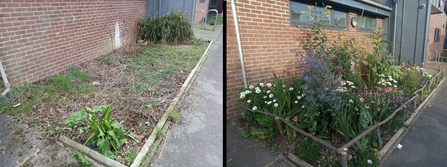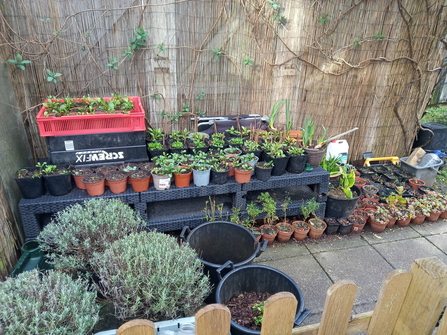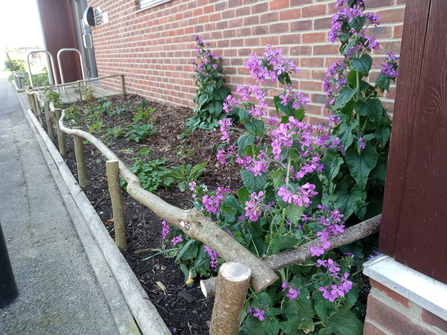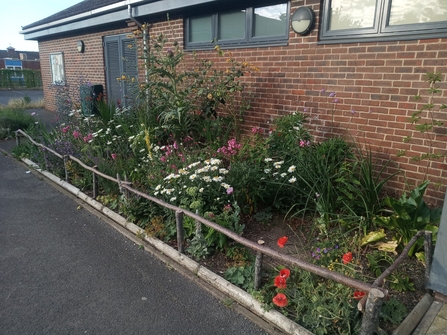How can I bring colour to my grey neighbourhood? This is the question that kept running through my mind every morning, while walking my dogs around our new neighbourhood in the middle of last winter. It is the question that eventually gave me the push to create a vibrant and flourishing garden that has been a source of enjoyment, not just for me but every passerby, including pollinators.
I live in a part of town that seems to be grey paving and endless houses everywhere, without any sign of wildlife or colour. When the wet and cold winter weather sets in, it can feel very depressing if you're used to the greener edges of town. After a while I concluded that I needed to make a change around here, so that I can focus on that... on something positive. This change manifested in turning the unloved front garden at the local community centre into a spot of delight.





